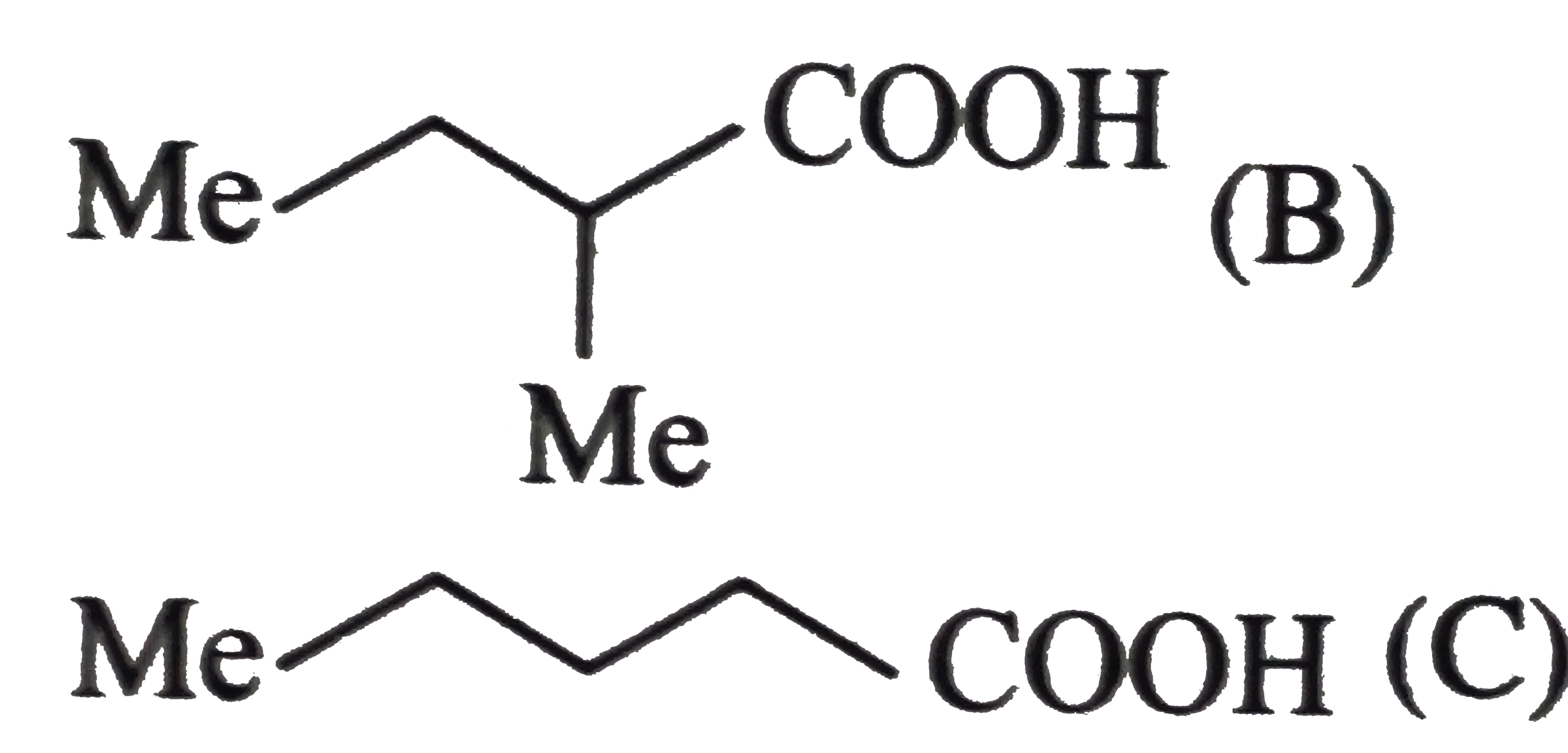Differentiate between the following (with examples)
Adiabatic and Isothermal process.
To differentiate between adiabatic and isothermal processes, we will define each process, explain their characteristics, and provide examples.
Step 1: Define Adiabatic Process
An adiabatic process is defined as a thermodynamic process in which no heat transfer occurs between the system and its surroundings. This means that the heat exchange (q) is equal to zero (q = 0).
From the first law of thermodynamics, we know:
ΔU=q+W
Since q = 0 in an adiabatic process, we can simplify this to:
ΔU=W
This indicates that the change in internal energy (ΔU) of the system is equal to the work done (W) on or by the system.
Example of Adiabatic Process:
A common example of an adiabatic process is the compression of gas in a piston where the gas does not exchange heat with its surroundings. Another real-life example is placing ice in an insulated icebox, where no heat enters or leaves the box.
Step 2: Define Isothermal Process
An isothermal process is defined as a thermodynamic process that occurs at a constant temperature. In this case, the change in temperature (ΔT) is equal to zero (ΔT = 0).
Using the first law of thermodynamics:
ΔU=q+W
For an ideal gas, the change in internal energy (ΔU) is given by:
ΔU=nCvΔT
Since ΔT = 0, it follows that:
ΔU=0
This means that the heat added to the system (q) is equal to the work done by the system (W):
q=−W
Example of Isothermal Process:
A classic example of an isothermal process is the melting of ice at 0 degrees Celsius. During this process, the temperature remains constant while the ice absorbs heat from the surroundings to change its state from solid to liquid.
Summary of Differences
| Feature | Adiabatic Process | Isothermal Process |
|-----------------------|----------------------------------------------|--------------------------------------------|
| Heat Transfer | No heat transfer (q = 0) | Constant temperature (ΔT = 0) |
| Internal Energy Change| ΔU = W | ΔU = 0 |
| Example | Compression of gas in an insulated piston | Melting of ice at 0°C |
An adiabatic process is defined as a thermodynamic process in which no heat transfer occurs between the system and its surroundings. This means that the heat exchange (q) is equal to zero (q = 0).
ΔU=q+W
Since q = 0 in an adiabatic process, we can simplify this to:
ΔU=W
This indicates that the change in internal energy (ΔU) of the system is equal to the work done (W) on or by the system.
A common example of an adiabatic process is the compression of gas in a piston where the gas does not exchange heat with its surroundings. Another real-life example is placing ice in an insulated icebox, where no heat enters or leaves the box.
An isothermal process is defined as a thermodynamic process that occurs at a constant temperature. In this case, the change in temperature (ΔT) is equal to zero (ΔT = 0).
ΔU=q+W
For an ideal gas, the change in internal energy (ΔU) is given by:
ΔU=nCvΔT
Since ΔT = 0, it follows that:
ΔU=0
This means that the heat added to the system (q) is equal to the work done by the system (W):
q=−W
A classic example of an isothermal process is the melting of ice at 0 degrees Celsius. During this process, the temperature remains constant while the ice absorbs heat from the surroundings to change its state from solid to liquid.
| Feature | Adiabatic Process | Isothermal Process |
|-----------------------|----------------------------------------------|--------------------------------------------|
| Heat Transfer | No heat transfer (q = 0) | Constant temperature (ΔT = 0) |
| Internal Energy Change| ΔU = W | ΔU = 0 |
| Example | Compression of gas in an insulated piston | Melting of ice at 0°C |
Topper's Solved these Questions
- BOOK - CBSE COMPLEMENTARY MATERIALCHAPTER - CHEMICAL THERMODYNAMICSEXERCISE - 5-Marks Questions8videos
CHEMICAL THERMODYNAMICS
- BOOK - CBSE COMPLEMENTARY MATERIALCHAPTER - CHEMICAL THERMODYNAMICSEXERCISE - Hots Questions3videos
CHEMICAL THERMODYNAMICS
- BOOK - CBSE COMPLEMENTARY MATERIALCHAPTER - CHEMICAL THERMODYNAMICSEXERCISE - 2-Marks Questions19videos
CHEMICAL THERMODYNAMICS
- BOOK - CBSE COMPLEMENTARY MATERIALCHAPTER - CHEMICAL BONDING AND MOLECULAR STRUCTURE EXERCISE - UNIT TEST13videos
CHEMICAL BONDING AND MOLECULAR STRUCTURE
- BOOK - CBSE COMPLEMENTARY MATERIALCHAPTER - CLASSIFICATION OF ELEMENTS AND PERIODICITY IN PROPERTIES EXERCISE - 5 - MARKS QUESTIONS6videos
CLASSIFICATION OF ELEMENTS AND PERIODICITY IN PROPERTIES
Similar Questions
Differentiate between the following acids :
(a)
(b) View Solution
View SolutionDifferentiate between the following.
Flora and faunaView SolutionDifferentiate between the following :
Amylose and AmylopectinView SolutionDifferentiate between the following.
Prothalius and protonemaView SolutionDifferentiate between the following.
Apogamy and aposporyView SolutionDifferentiate between the following
Tendons and ligaments.View SolutionDifferentiate between the following with suitable examples :
(i) mineral and ore
(ii) corrosion and rancidity
(iii) malleability and ductilityView SolutionDifferentiate between ureter and urethra.
View SolutionDifferentiate between chyme and chyle.
View SolutionDifferentiate between the following
(a) Exocrine and endocrine gland.View Solution

